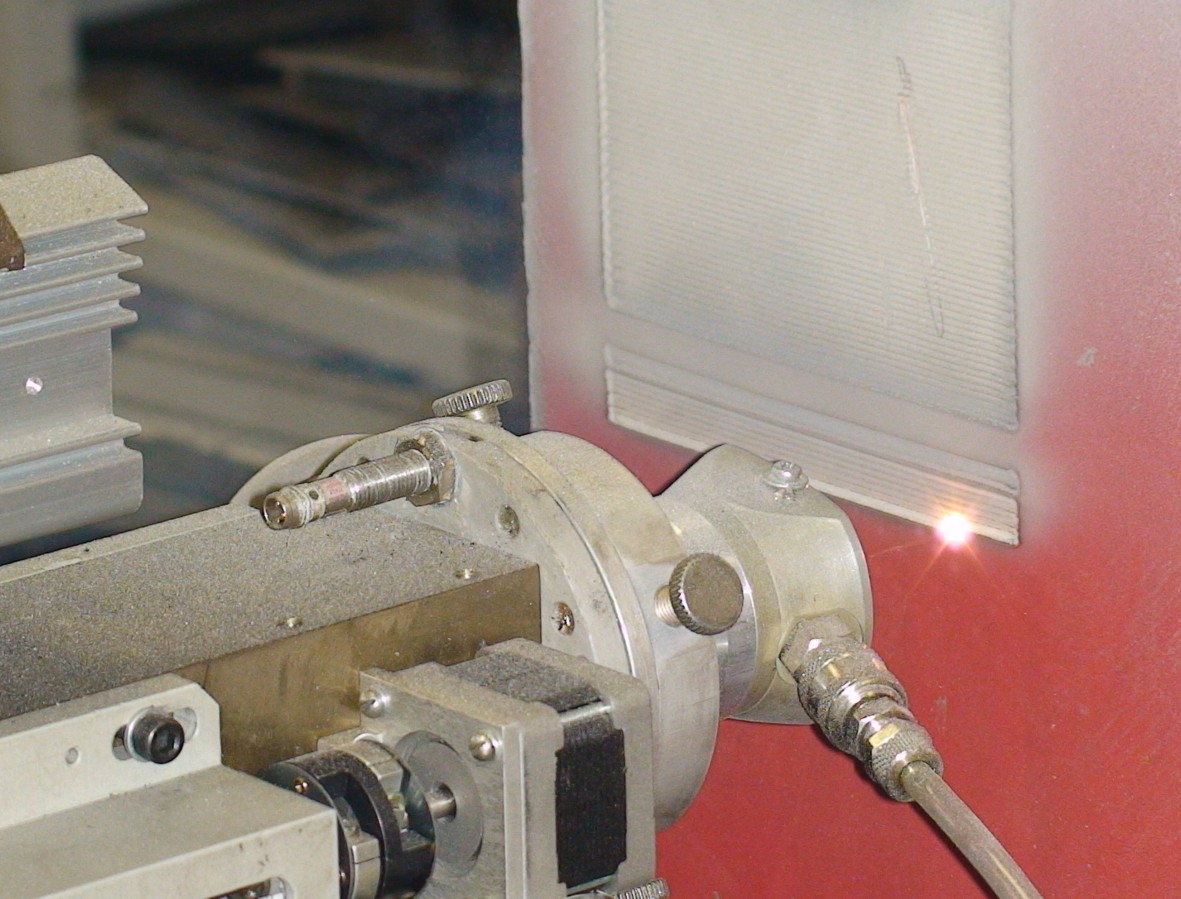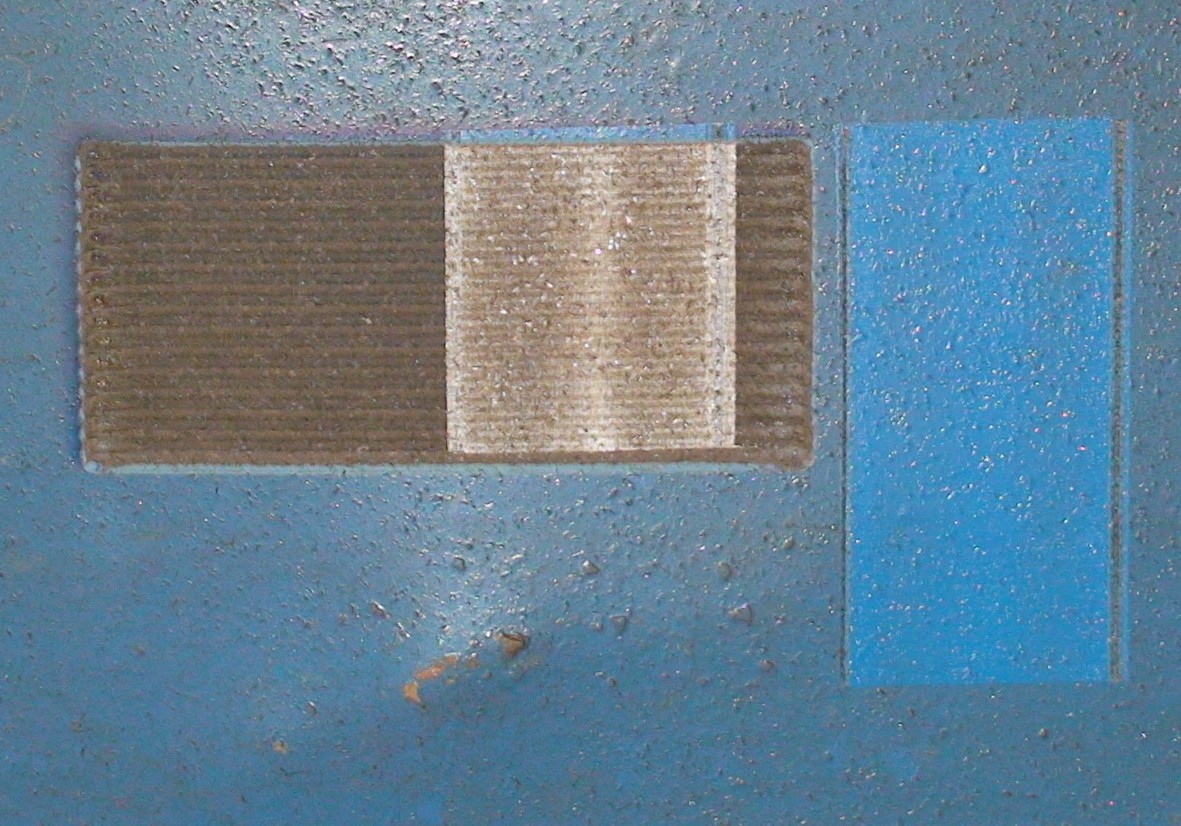Laser Cleaning

Efficiency of laser cleaning with use of
It is important to note one more positive effect: after such cleaning process the surface is well activated, the metal surface is

This technology can be used in the following industries, both as a stationary equipment and as a mobile cleaning system:
- railway industry, for cleaning of carriages and moving parts and for railway structures, such as bridges and other structures
-
machine-building — for cleaning of any metal items prior to painting and welding -
turbine construction — for cleaning surface of various blades to remove operational
hard-to-remove carbon deposits - aircraft engineering and operation — cleaning of aircrafts during scheduled repaint.
Main advantages of laser cleaning technology:
- absence of abrasives and, as a result, no abrasive wear of treated structures
- no heating
- high efficiency of process
- possibility of automation
- environmental cleanness
- possibility of paint application without additional preparation of surface
- minimum noise
- minimum power consumption.